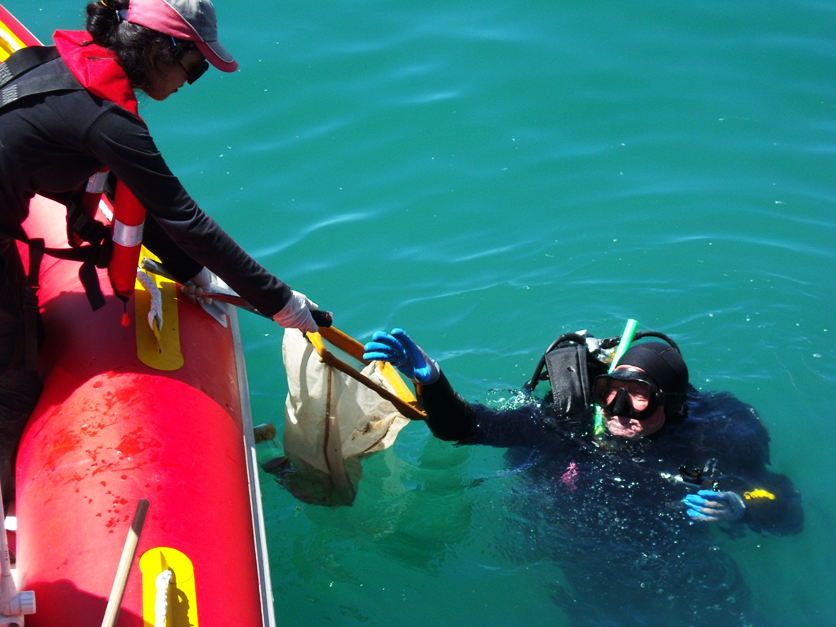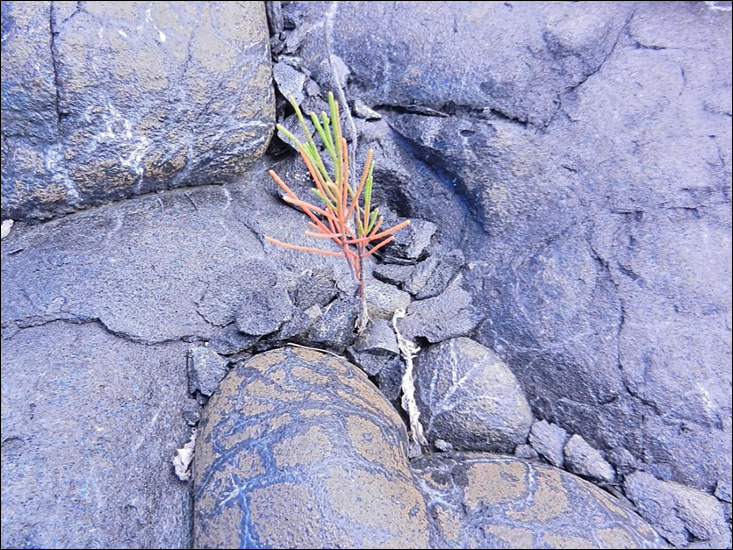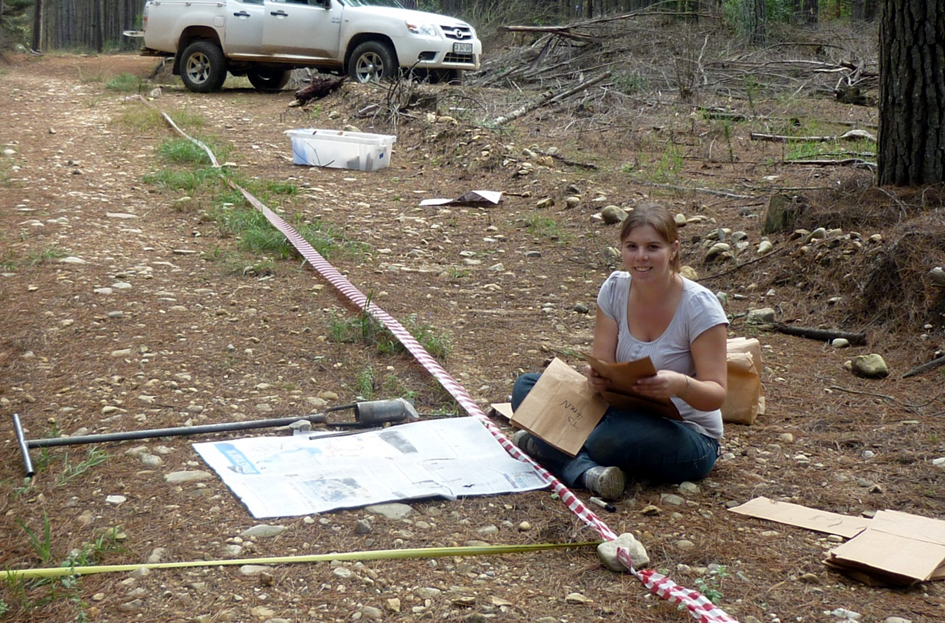Tackling Invasive Alien Species in Europe: the Top 20 Issues
Globally, Invasive Alien Species (IAS) are considered to be one of the major threats to native biodiversity. In Europe, there are about 12,000 alien species, 11% of which are invasive, causing environmental, economic and social damage. Given Global trends, it is reasonable to expect that the rate of biological invasions into Europe will increase in the coming years.





